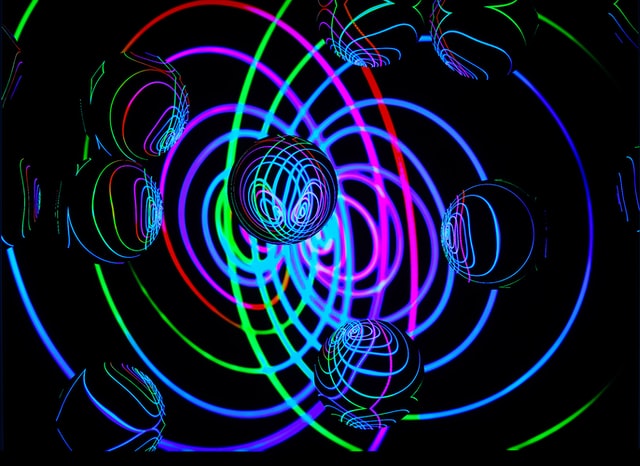Thermodynamics may sound like a difficult topic, but it doesn’t have to be. There are many ways to master the art of thermodynamics, and this post will show you eight of them. These tips will help you understand the concepts behind the science, and they can teach you how to visualize what is happening so that it becomes easier to remember. The first law of thermodynamics furnishes the relationship between heat, work and internal energy of the system. So if you are stumped on homework, or just want a refresher course on Thermodynamics for your personal knowledge – read this post!
8 tips to understand thermodynamics are:
1. The First Law Of Thermodynamics:
If you have ever studied thermodynamics, you will have come across the words “First Law of Thermodynamics”. The key to understanding is that energy cannot be created or destroyed in an isolated system. What this means is that energy will not spontaneously disappear or appear out of nowhere. It also doesn’t mean that if you light a match and it burns out, the energy was destroyed – because somehow, it was transferred to a different system (the air around the match).
2. The Zeroth Law Of Thermodynamics:
The Zeroth Law of Thermodynamics is also sometimes referred to as the “Law of Conservation of Energy”. In other words, energy cannot be created or destroyed in an isolated system. The Zeroth Law says that heat will move from a hotter to a colder body without any other energy input. In other words, if you place two identical pieces of ice in a room at the same temperature, they will naturally transfer heat to each other. However, if you place these two pieces of ice in separate rooms, this process stops.
3. Temperature:
When taking a thermodynamics test and you see this word- stop and ask yourself “what is the temperature of the body?” Temperature is a measurement of the average energy of motion. Higher temperatures are associated with greater energy, therefore temperature directly affects heat and energy transfer. Thermal energy is measured by an object’s temperature. The hotter it is the more thermal energy it contains (just like the warmer your body feels when running around). The equation for calculating temperature is: T=dQ/dT or ºC= dQ/ dt x 1ºK (where Q is heat and t is time).
4. Heat Capacity:
The quantity of heat required to change the temperature of an object by one degree is based on its ‘heat capacity’. For example, most solids have a higher heat capacity than liquids and gases. Therefore, when cooling a solid it requires more energy than cooling a liquid or gas. Heat capacity (C) is the amount of thermal energy it takes to raise the temperature of a substance by one degree. It is related to the amount of kinetic energy that molecules have in a substance. The equation for calculating heat capacity is: C = 0.5 x m x k, where m is mass and k is specific heat capacity.

5. Molecular Models:
Molecules are the smallest unit that can come together to form a substance. The molecular model shows how molecules interact with each other. It is important to understand the concepts behind the formula for calculating the internal energy of a substance. An ideal gas has no volume or intermolecular forces between its molecules as they are very far apart. The molecules in this picture would be random bouncing around one another with no interactions other than electrostatic forces.
6. Heat of Vaporization:
The heat needed to change a liquid into a gas is called the heat of vaporization. The equation for calculating this is: H vap = C p x m x V pr where Cp is the specific heat capacity, m is mass, and Vpr is the final volume. This heat is the amount of thermal energy needed to boil one mole from a liquid into a gas at constant pressure (1 atm). This is an individual property of the substance and is independent of the overall temperature.
7. Heat Capacity Change:
This is the amount of energy needed to change the temperature of an object by one degree. The equation for calculating heat capacity change is: C = ΔT x 1000, where ΔT is the difference in temperatures. The heat capacity only depends on the substance itself and not on its surroundings. So, the heat capacity does not depend on how thick a layer of material it is in, for example.
8. Vaporization:
When you heat a liquid, it will turn into a gas. The amount of thermal energy needed to do this depends on the temperature and the type of temperature, but is also dependent on the surface area of the liquid as well. Vaporization is the phase change when a liquid turns into a gas. It occurs when a solvent goes from surrounding to being dissolved in the substance.
Conclusion:
These 8 tips will help you master the art of thermodynamics so that it makes more sense to you. And, at some point, you will probably want to take a look at it again. Maybe even try to puzzle things out on your own!
So there you have it. Remember – practice makes perfect! So get out there, work through a few problems, and improve your understanding of thermodynamics.












